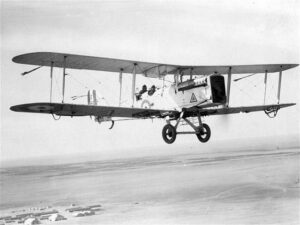
Airco DH.9A
The Airco DH.9A is a British light bomber used shortly before the end of the Great War (WW1). It featured a strengthened structure and Puma engine.
Aircraft by Type > Airplanes > Bombers
Bomber aircraft have played significant roles in historical conflicts, serving as powerful assets for military forces to project force, disrupt enemy operations, and achieve strategic objectives. They continue to be an essential component of modern air forces and contribute to deterrence, power projection, and national security. So, let’s learn more about this type of aircraft.
A bomber aircraft is a type of military aircraft specifically designed for delivering ordnance, such as bombs or missiles, to target enemy installations, troops, or infrastructure. Bombers play a crucial role in strategic and tactical warfare by providing offensive capabilities to military forces.
Key characteristics of bomber aircraft include the following:
With their awe-inspiring capabilities and strategic importance, bombers have played a pivotal role in shaping the outcome of conflicts throughout history. Explore the full database of bomber aircraft below.

The Airco DH.9A is a British light bomber used shortly before the end of the Great War (WW1). It featured a strengthened structure and Puma engine.
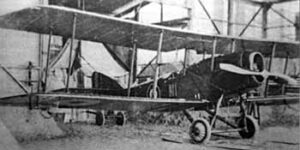
The Martinsyde G.100 (and G.102) was a British fighter bomber aircraft built by Martinsyde and used during World War I.
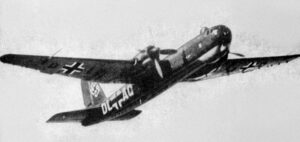
Heinkel He 177 (Grief or Griffin) was a long-range heavy bomber aircraft flown by the Luftwaffe during World War II.
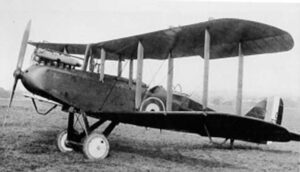
The Airco DH.9 is a British single-engine biplane developed and used during World War I. It was ordered in large numbers by the RFC.
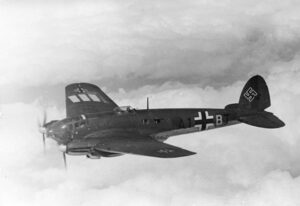
The Heinkel He 111 was a German airliner and bomber described as a “wolf in sheep’s clothing” as it presented solely as a civil airliner.
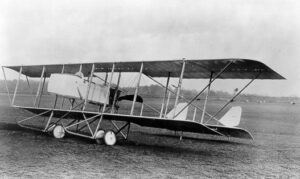
The Farman MF.11 Shorthorn is a French reconnaissance and light bomber used during the early part of World War I.

The Mikoyan-Gurevich MiG-23 is a variable-geometry fighter aircraft designed in the Soviet Union and first flown in 1967.
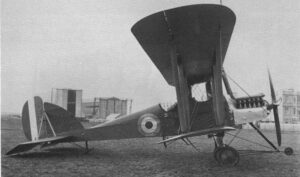
The Royal Aircraft Factory R.E.7 was a British two-seat light bomber and reconnaissance biplane designed by the Royal Aircraft Factory.
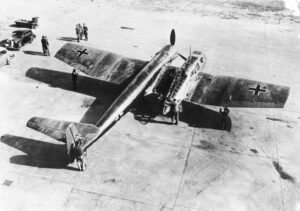
The Blohm & Voss BV 141 (originally known as the Ha 141) was an asymmetrical World War II German tactical reconnaissance aircraft.
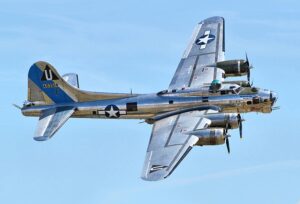
The Boeing B-17 Flying Fortress is an American four-engined heavy bomber developed for the United States Army Air Corps (USAAC) in the 1930s.
A few frequently asked questions (and answers) about airliner aircraft.
Bomber aircraft are specifically designed for delivering ordnance to enemy targets, distinguishing them from other military planes. They possess a larger payload capacity, longer range capabilities, and often incorporate specialized features such as bomb bays or external hardpoints for carrying and releasing munitions.
Bomber aircraft are versatile in their target engagement capabilities. They can be deployed to strike a wide range of targets, including enemy military installations, infrastructure, troop concentrations, and strategic assets. Their missions may involve precision strikes, area bombardment, or interdiction operations to disrupt enemy operations.
Absolutely. Despite advancements in missile technology and unmanned systems, bombers remain highly relevant in modern warfare. They provide long-range strike capabilities, aerial presence, and the ability to carry out both conventional and strategic missions. Bombers offer flexibility in adapting to evolving threats and can project power to deter adversaries, support ground operations, or carry out precision strikes with a high degree of accuracy.